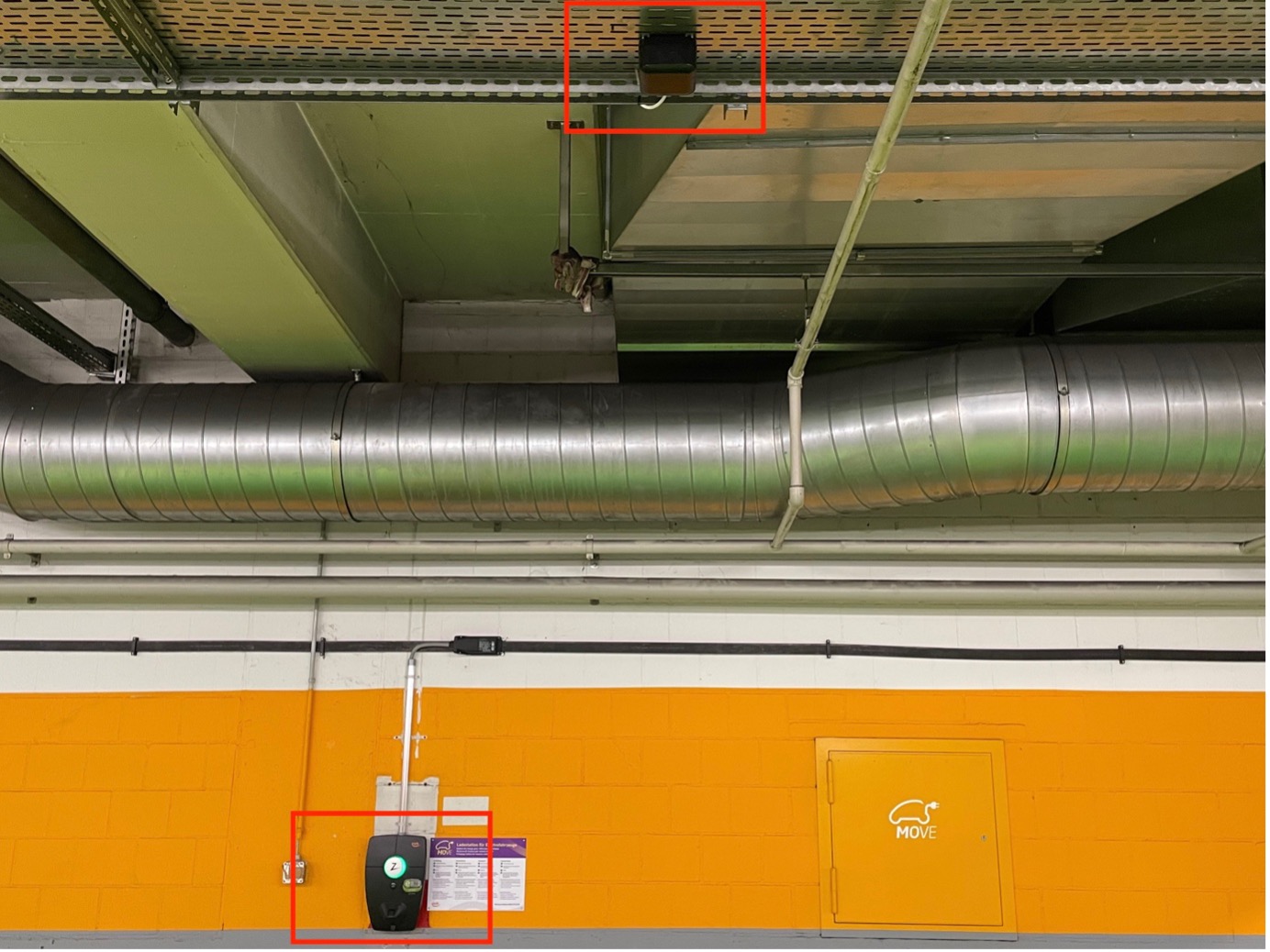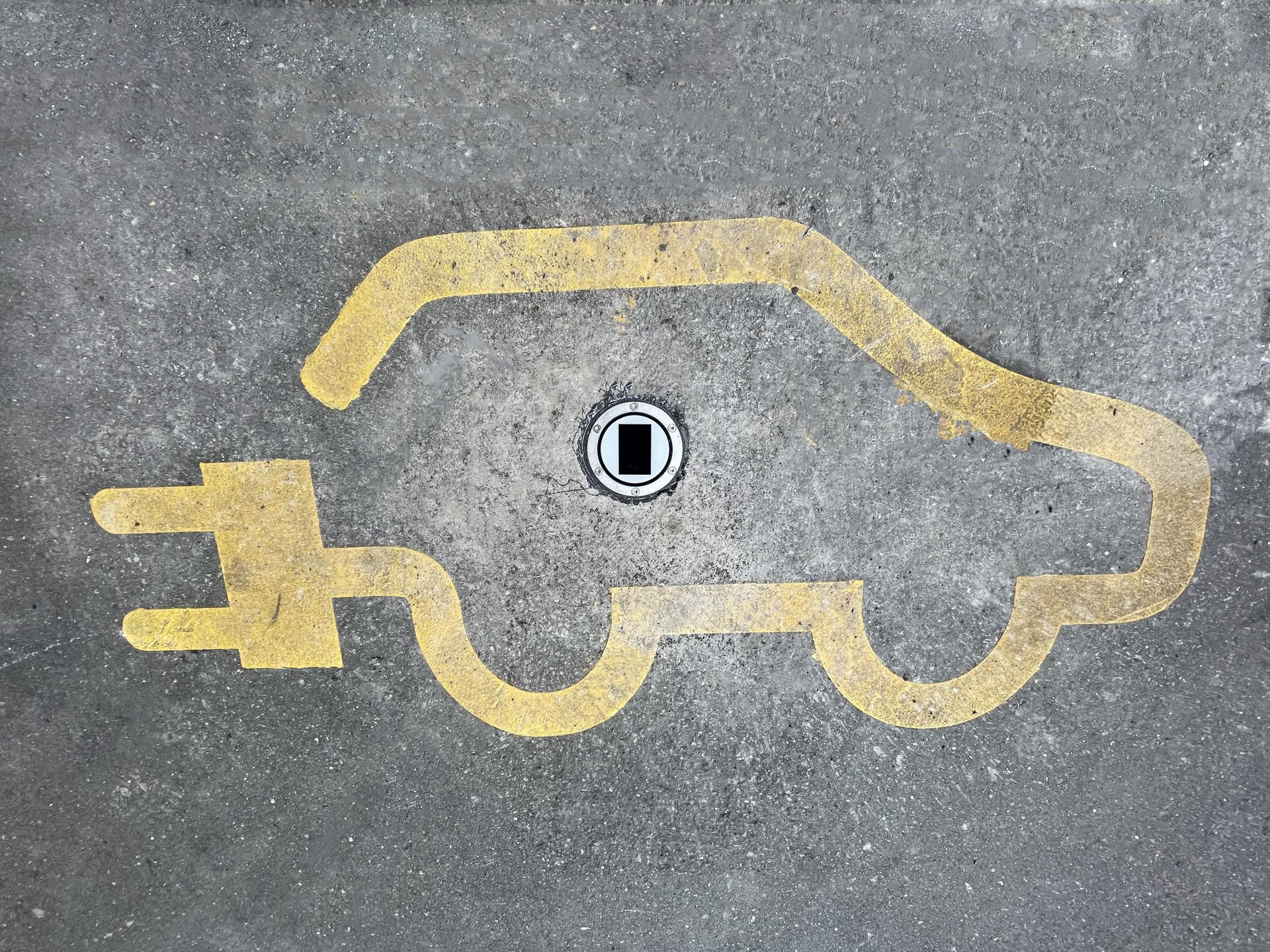
Parking management of e-charging stations in Bern
09/06/2023 | Emanuell Tomes
In Zusammenarbeit mit Energie Wasser Bern (ewb) und MOVE, einem führenden Unternehmen im Bereich der Elektromobilität, haben wir eine technologische Innovation eingeführt, die das Potenzial hat, die Art und Weise der Nutzung von Parkplätzen und Ladestationen, zu revolutionieren.
Contact LTS AG
If you are interested in the TAPS technology, the LTS AG team will be happy to answer your questions. We look forward to being contacted by phone or mail.

Emanuell
Tomes

Emanuell Tomes holds a degree in business informatics and has extensive training in software development. His professional career began with software developments for the City of Zurich and other public offices. Later, he independently developed geographic information systems for major clients. He has been on board since the birth of LTS AG and was appointed to the Board of Directors in 2019.
More articles
)
04/12/2023
Verkehrszählung: Präzise Datenerfassung für fundierte Einblicke
In der Schweiz sind fast 4.8 Millionen Autos immatrikuliert. Und diese riesige Menge an Fahrzeugen bewegt sich Tag für Tag durch die Strassen des Landes. Für viele Institutionen ist es wichtig, möglichst genau zu wissen, wie viele Autos wo unterwegs sind. Dafür werden regelmässig Verkehrszählungen durchgeführt.
Traffic
Verkehrszählung
)
07/11/2023
Die Zukunft des Parkens ist da: Erleben Sie unser Smart Parking
Parkplätze sind in den Städten der Welt zu einem raren Gut geworden. Immer mehr Autos drängen durch die Strassen und suchen nach einem Abstellplatz. Das ist aus mehreren Gründen ein grosses Problem. Daher haben wir von der LTS AG mit TAPS eine praktische Lösung entwickelt. Damit lässt sich Smart Parking leicht und innovativ umsetzen.
Parking
Smart Park


